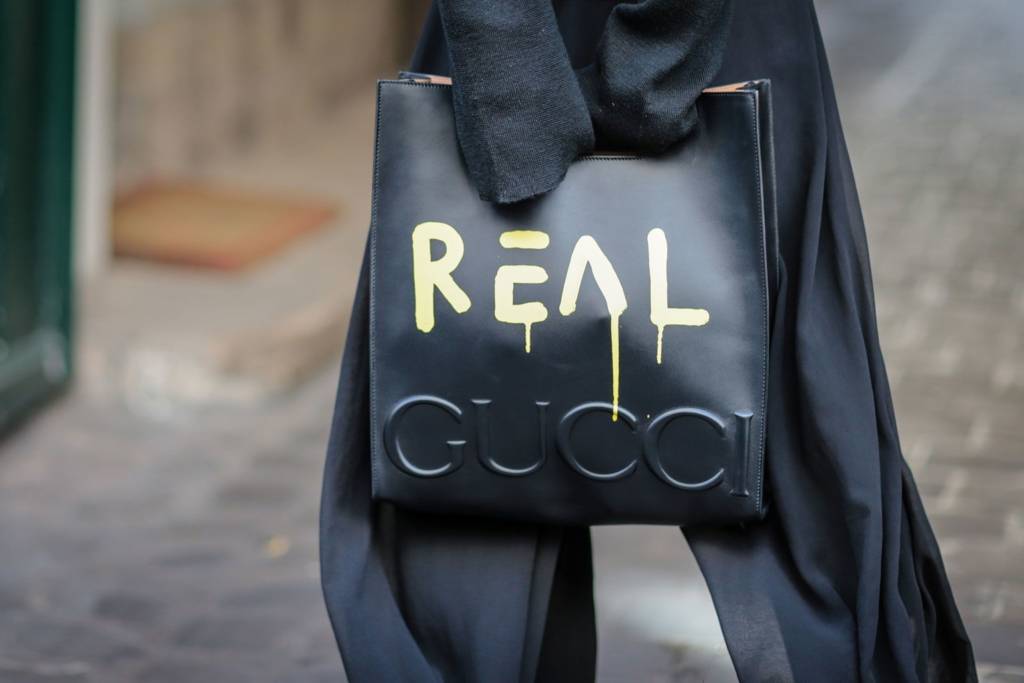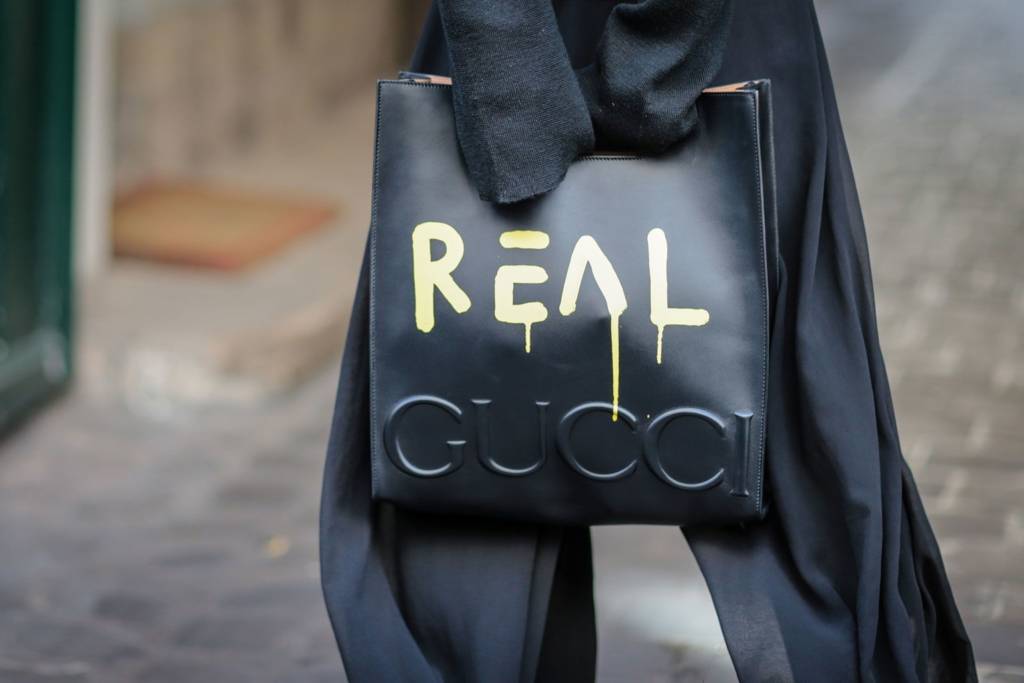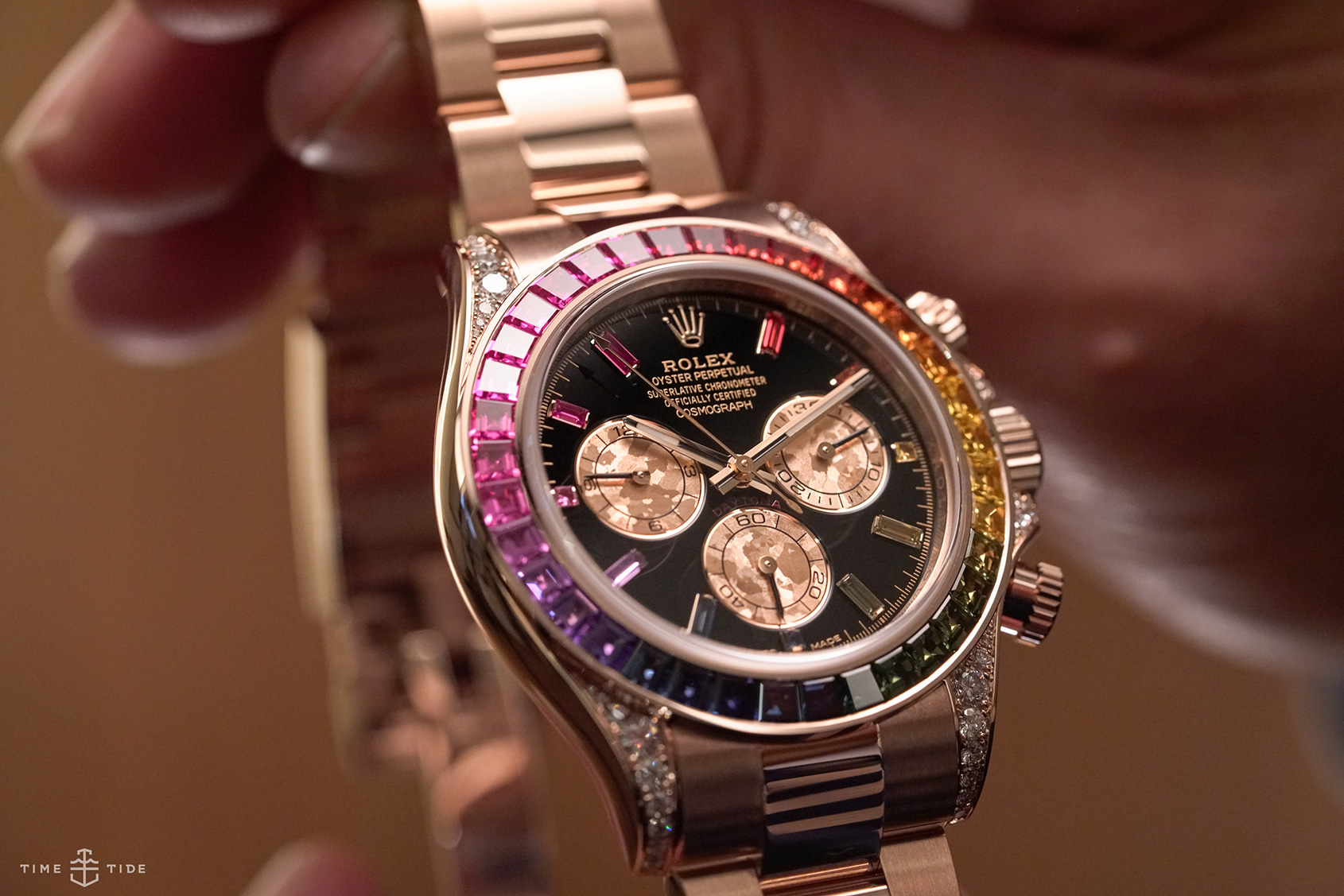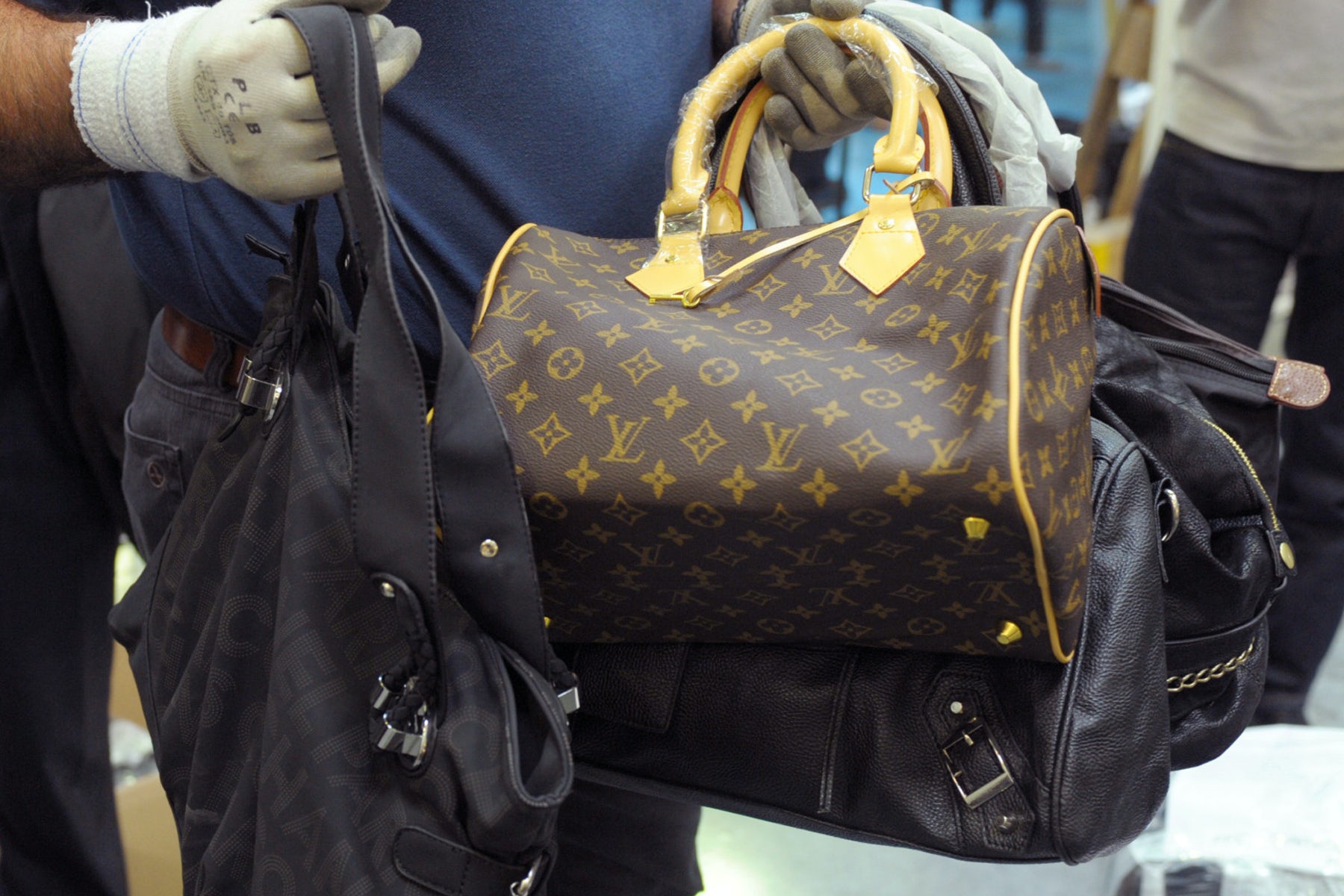RECOMMENDED READING: What drives people to buy fake luxury goods?
Thor SvaboeAs the largest brands within the fashion and watch industry wage war on fake luxury knock-offs, why do consumers continue to risk legal action for the mere look of success? While often stereotyped, counterfeit buyers are not a single group, argues Glyn Atwal an Associate Professor at Burgundy School of Business in France, in this article on Jing Daily.
China has surpassed both Hong Hong and the US as the largest market for Swiss watches. But still, the temptation to fake it ‘til you make it is strong, with counterfeit products constantly being an easy click away. In his analysis of consumer behaviour in China within this unfortunately large market segment, Atwal has identified four consumer profiles with diverse behavioural patterns.
The Dreamitators are often within a younger demographic and lack the income or budget to buy authentic luxury goods, but feel the effect of celebrity influence and peer pressure. Seeking a shortcut to respect and followers, they reach for the lesser quality counterfeit products that are oh-so accessible, though equally easily distinguished from the real thing.
Face Savers are mainly young professionals who wish to blend in and be accepted within their social circle, flashing their out-of-focus wrist bling at the office Zoom meeting. The Smart Fakers, on the other hand, are price-sensitive and conscious of their image. For them, shopping is fun and they have the cheek to mix counterfeit products with real luxury brands for a complete wardrobe.
The most speculative, the Fraudsters, are high-income shoppers who’d rather pay a premium for top-tier fakery, in the belief that the quality and materials are comparable to what they perceive as overpriced goods.
The way to turn the tide, Atwal argues, might be to convince the Face Savers and the Smart Fakers that the risk of exposure for wearing fakes and subsequently losing face is simply too high and is becoming a very real and embarrassing possibility. My personal and more lateral take, would be to encourage buying a small, unknown brand with a big bang-for-buck ratio, thereby placing greater value on craftsmanship as the true form of luxury. But that’s for another day, and a very different analysis.
Glyn Atwal is an associate professor at Burgundy School of Business in France, and is the co-author of Luxury Brands in China and India. His article ‘Why Chinese Consumers Buy Fake Luxury’ can be read in full in Jing Daily here.







